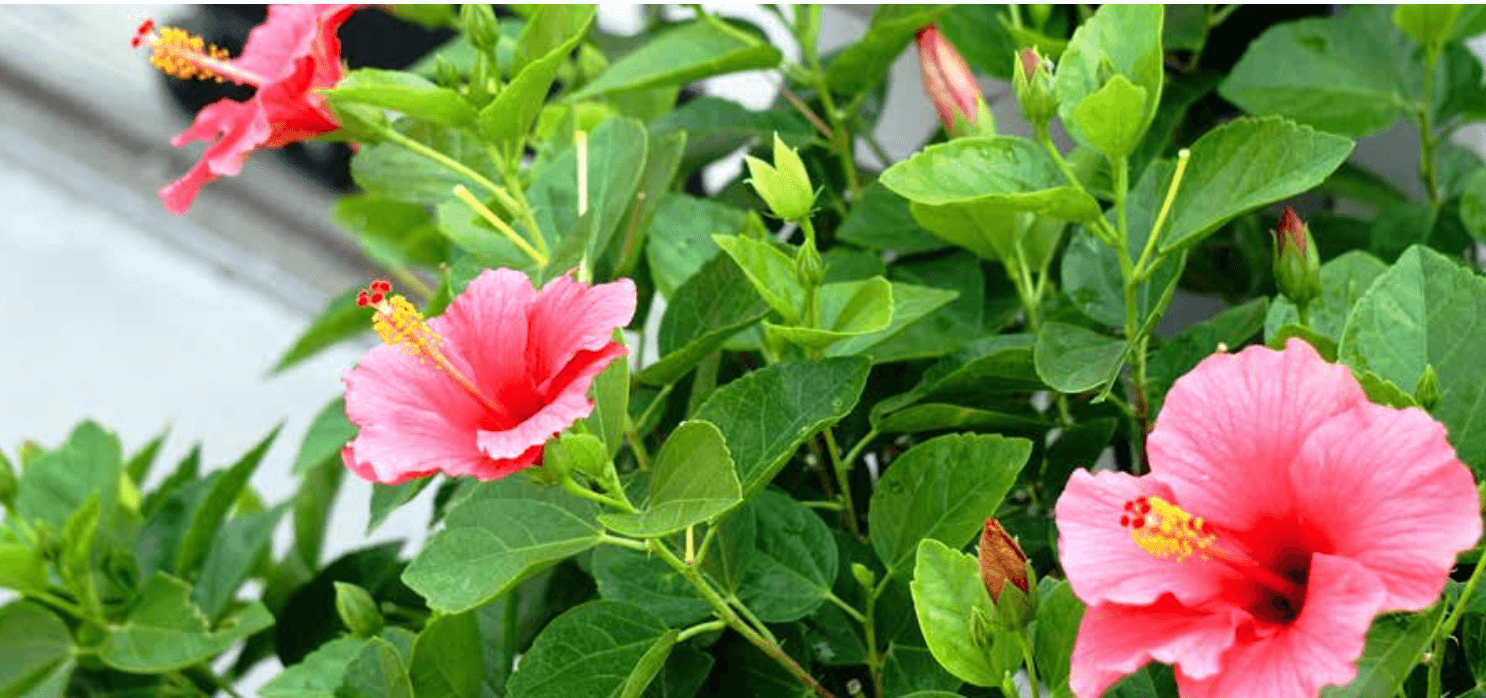Hibiscus is a plant frequently found in the Florida landscape. Though Florida is home to native hibiscus, most varieties found in the urban landscape are exotic, likely originating in Asia. Growers have bred incredible variety into hibiscus with flowers and foliage that are diverse in color and character.
In addition to the multiple tints and textures, hibiscus can be maintained in many forms. Nurseries offer them as shrubs, standards (tree form) and even a dwarfed variety. Hibiscus can grow in tight or loose shapes; some are upright while others are “weeping”. They can be used as hedges and standalone specimens. Hibiscus, like most plants, are healthiest when left to grow naturally, with minimal pruning. Because they are exotic, they require supplemental irrigation and nutrient programs to help meet their dietary needs.
The large blooms of hibiscus attract tourists, Floridians, snowbirds, birds—and insects. These plants need protection from mealybugs, aphids, scale and Io caterpillars. They are a welcome environment to hummingbirds and certain varieties of butterflies. Because of their beauty, these fast-growing plants are too often placed near sidewalks and buildings. This placement results in the need for frequent pruning.
Cultural practices such as regular shearing of hibiscus can leave them leggy; therefore, a hard cut-back in the spring is often the solution to rejuvenate these wonderful plants. Additionally, the tree forms tend to lean and will need to be staked to keep them upright. Many homeowners find the hard cut-backs and staking to be unsightly, but these measures are necessary because of the way the plants are utilized in the landscape.
Mainscape’s full-service approach of maintenance, irrigation, pest control and nutrient application provides the care hibiscus need to thrive in both our wet and dry seasons. Though hibiscus plants can present a challenge from time to time, they are a lovely addition to the landscape, and we will continue them to see utilized widely throughout most of Florida.
